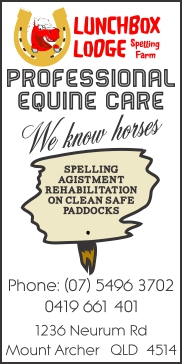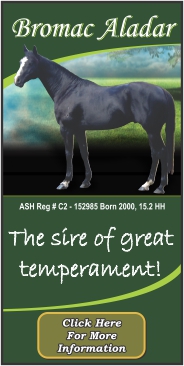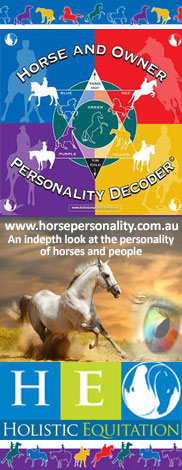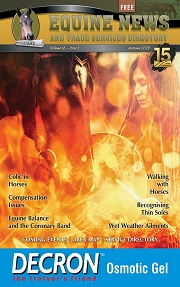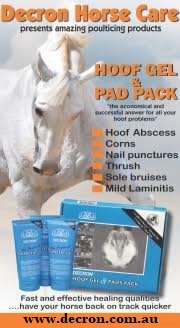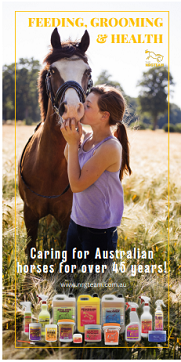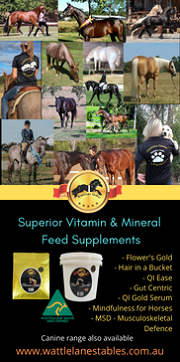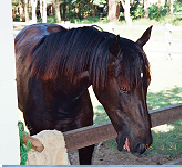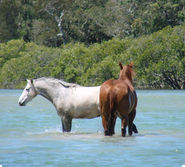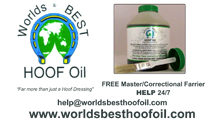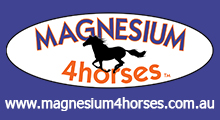Dr Jennifer Stewart BVSc BSc PhD Dip BEP MRCVS
Equine veterinarian and Consultant Nutritionist
The most common causes of feed-related poisoning in horses are bacteria, moulds (which produce mycotoxins) and plants – the most common of these are the mycotoxins produced by moulds.
Moulds are a type of fungus that are part of the plant decay process, and myco’ means ‘mould’ and ‘toxin’ means poison = mould poison, or ‘mycotoxin’..
Moulds that produce mycotoxins can occur in all grains and forages. There are over 300 different mycotoxins produced by various moulds including many useful substances, such as penicillin.
Others that are toxic to horses, can occur in pasture or hay, and produce different clinical signs depending on the specific body system they attack. Signs of mycotoxicosis range from debilitation, reproductive problems, reduced growth and poor body condition, to sudden death. Mould, called ‘ergot’, produced during flowering and seed maturation commonly causes epidemics during damp weather. In the Middle Ages, 1000’s of people and animals died after eating contaminated rye bread. Ergots are most common in rye, paspalum and triticale, but may occur in any cereal grain or grass seeds. Common signs are neurological problems, dry-gangrene, reproductive problems and reduced feed intake and growth rates.
Mycotoxins are not transmissible between horses and are usually associated with a particular feed and season. In addition to causing disease, moulds and mycotoxins reduce the utilisation of nutrients by horses, and also the nutrient content and palatability of the feed. Treatment is symptomatic and supportive, including feeding mycotoxin-free feed and a diet that is 10-20% higher in protein and vitamins.
The amount of toxin produced depends on the type of mould, the type of feed and the environmental conditions. The growth of moulds is facilitated in feeds with over 12% moisture and at temperatures between 12° to 47°C – although some moulds produce toxins at 5°C. Moisture over 13-14% is the single most important factor determining whether mould growth and mycotoxin production occurs. Under optimum conditions, mycotoxins are produced within hours, reaching maximum levels within 1–2 weeks. In addition stress, such as drought and inappropriate fertiliser or pesticide application, can weaken a plants immune system against moulds, and insect and mechanical damage can allow mould colonisation.
Poisoning of horses due to mycotoxins often occurs during a specific season, or with certain climatic conditions – such as a wet harvest season. It may also be regional due to different growing and cropping conditions, however most mycotoxins are produced during storage of feedstuffs.
Over 42 types of grass may contain moulds that produce endophytes, which can contaminate fresh pasture and hay made from affected pasture. The most common poisonings on pasture are due to fescue toxicoses and ‘grass staggers’, due to mycotoxins in rye grass and paspalum. In hand-fed horses, the most common poisonings occur due to mycotoxins produced by mould in the feedstuffs.
Poisonings can be difficult to diagnose due to variation in the time between ingestion and clinical signs of poisoning, and because clinical signs are often, vague, sub-acute or chronic. – such as poor performance, unthriftiness or increased susceptibility to other diseases. These effects may not show up until days or weeks after the contaminated feed was consumed. In addition, mycotoxins can occur in feed that doesn’t appear mouldy. Milling and pelleting can increase the feed temperature enough to kill mould – but they don’t destroy the mycotoxins. So whilst it is critical not to feed mouldy or dusty feed, the physical appearance of the feed is not a definite indicator of the presence or absence of mycotoxins. But if health problems occur, mycotoxins must be considered in horses eating mouldy feeds.
Grass staggers can be due to mouldy corn poisoning, ergots, paspalum or ryegrass. Mouldy corn poisoning and ergotism occur mainly in horses eating contaminated grains, and grass staggers in horses on paspalum or ryegrass pasture, hay, straw and seed cleanings. Nervous signs can appear 1—4 weeks after eating affected feed, and 5-75% of horses will be affected after eating the feed. Improvement occurs around 2 weeks after the feed is removed, with complete recovery in a few months.
Diagnosis is based on the history, laboratory tests and, sadly, often a post-mortem. The history includes number of horses affected, environment, feeding management – the sources, dates of feeding and types of supplements, water, plants and chemicals near the feed. The dates of changes and onset of clinical signs (which may be hours to months) is also helpful – so keep records. Feed samples must be evaluated – remembering that toxins may not be uniformly present in a single feed sample, and so a number of samples may be required from both the feedbin and stored feed.
Treatment in most cases is supportive. A 10-fold increase in vitamin E, increased protein, biotin, omega 3 oil and vitamin A can reduce the effects of aflatoxins, while a protein, vitamin A or riboflavin deficiency increase the detrimental effects of aflatoxins.
Young animals are more susceptible and more severely affected by mycotoxins, but in all horses the concentration of mycotoxin, duration of consumption and the nutritional status of the horse affect how severely they react. There are 3 general syndromes associated with mycotoxins:
1.Acute disease affecting the body system the mycotoxins targets
2.Chronic disease due to prolonged intake of low levels of mycotoxins — resulting in reduced growth and reproduction, poor condition and damge to target organs.
3.Secondary disease due to continued low level consumption of a mycotoxin that is carcinogenic or suppresses the immune system.
Feed refusal, reproductive problems and suppression of immunity may also be due to disease, stress, inadequate water intake and unpalatable feed, and these must be considered as possible causes.
Prevention is based on the following good management practices:
1.Don’t feed mouldy feeds, especially corn and corn by-products
2.During and following periods of high moisture during harvesting visually inspect feed carefully. Test kits are available for many common mycotoxins and produce suppliers can provide results.
3.Avoid feeds with over 13% moisture.
4.Ensure feed troughs and bins are clean and that all feed is consumed or discarded.
5. Have suspicious feeds tested.









